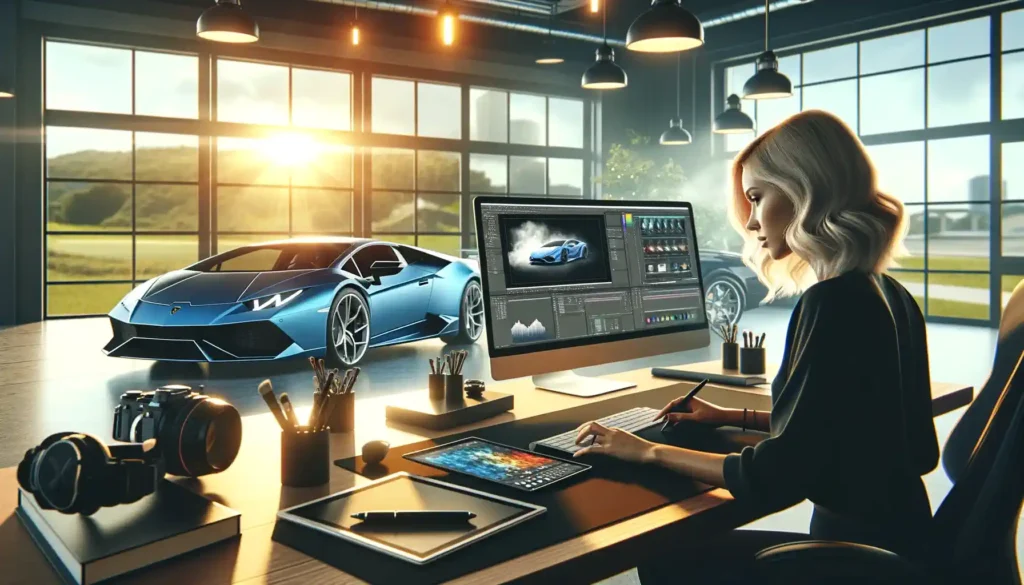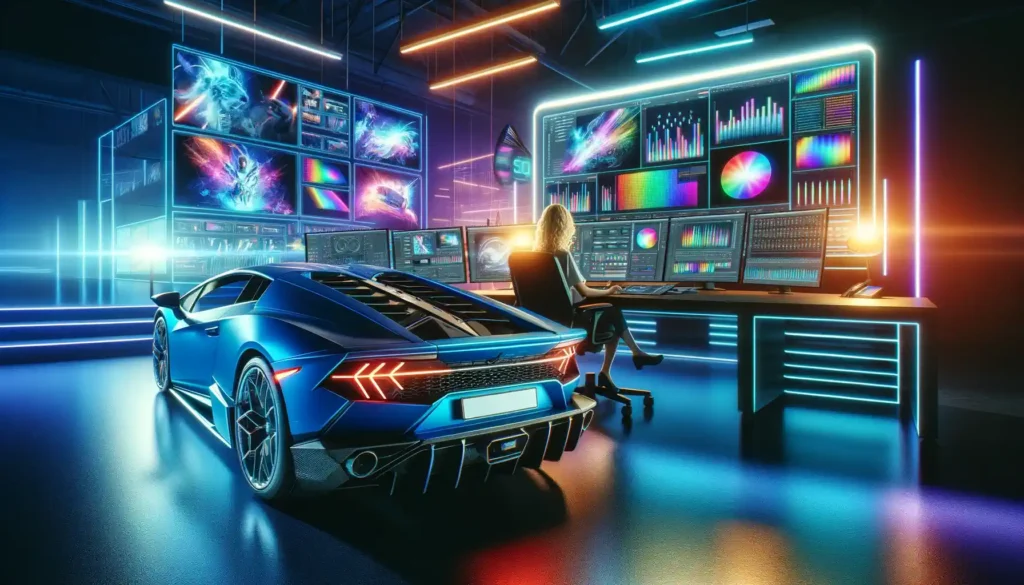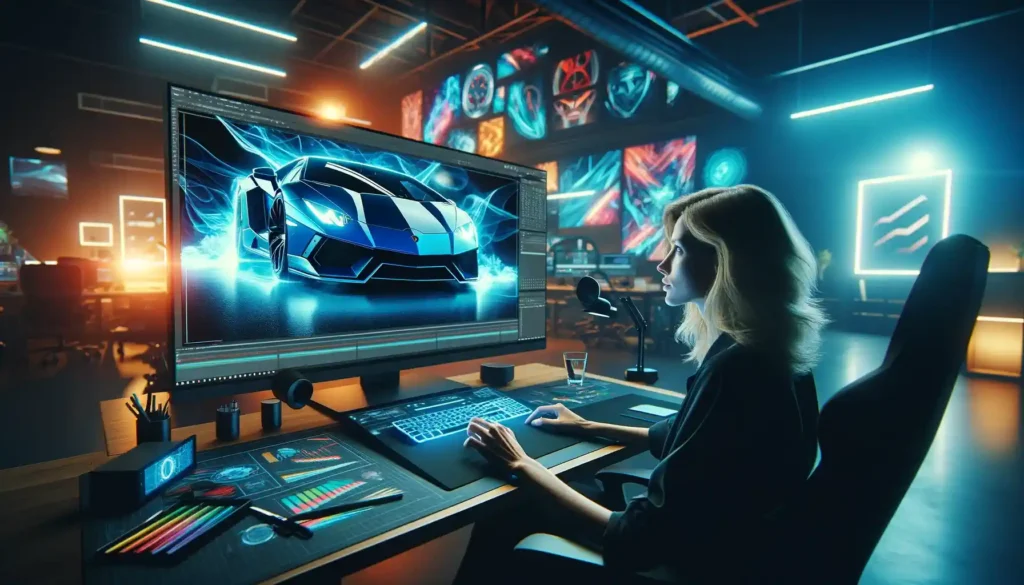Animated explainers and multimedia are at the forefront of communication, healthcare has found a powerful ally in motion graphics. These dynamic visuals not only capture attention but also enhance understanding and retention of complex medical information.

This article explores the transformative role of motion graphics in healthcare, detailing their benefits and applications.
The Power of Visual Learning
Human beings are predominantly visual learners; approximately 65% of the population processes information more effectively when it is presented visually. Motion graphics leverage this by translating complex health data and processes into engaging, easy-to-understand animations. This visual format can significantly improve comprehension for patients and healthcare professionals alike.

Benefits of Motion Graphics in Healthcare
- Enhanced Understanding
- Simplifying Complex Concepts: Medical subjects often involve intricate body systems and treatments that can be overwhelming. Motion graphics can distill these complexities into clear and manageable visuals, making them more accessible to a general audience.
- Increased Engagement
- Capturing Attention: With their dynamic nature, motion graphics are more likely to engage viewers than static images or text, keeping them interested and attentive to important health messages.
- Improved Retention
- Memorable Content: Visuals are retained in long-term memory more effectively than text alone. Animated explanations help patients remember their care instructions, medication routines, and other vital health information.
- Emotional Connection
- Building Empathy: Animations can also convey emotions, helping to build a better emotional connection with the audience. This is particularly useful in mental health and patient support services.
- Accessible Communication
- Overcoming Language Barriers: Visuals transcend language barriers, making information accessible to a wider audience, including those with limited reading skills or those who speak different languages.
Applications of Motion Graphics in Healthcare
- Patient Education: From explaining surgical procedures to illustrating lifestyle changes for chronic diseases, motion graphics can help patients understand their health conditions and treatment plans.
- Professional Training: Medical education can benefit from animated visuals, especially in teaching complex surgical techniques or physiological processes.
- Public Health Campaigns: Animation can be a powerful tool for public health advocacy, spreading awareness about disease prevention, vaccination drives, and health safety measures.
- Therapeutic Uses: Some psychological treatments and cognitive rehabilitation processes use animation as a tool to teach coping mechanisms or rehabilitate motor skills.
- Data Visualization: Motion graphics can transform large sets of health data into comprehensible visuals, helping healthcare providers and researchers analyze and interpret complex information.
How Motion Graphics Enhance Healthcare Understanding Case Studies

Motion graphics are a dynamic and visually engaging tool that can significantly improve the way healthcare information is communicated. By presenting information through animation, these graphics make complex medical details more accessible and understandable. This article explores five compelling case studies that demonstrate the effective use of motion graphics in healthcare.
1. Enhancing Patient Understanding of Chronic Diseases
Case Study: Diabetes Management Animation
- Background: A healthcare provider introduced motion graphics to educate patients about managing Type 2 diabetes, focusing on diet, exercise, and glucose monitoring.
- Implementation: The animation broke down the concept of insulin resistance, the effects of glucose on the body, and lifestyle adjustments for managing diabetes.
- Outcome: Post-implementation surveys indicated that patients had a better understanding of diabetes management, which correlated with improved glycemic control among participants.
2. Training Healthcare Professionals
Case Study: Virtual Medical Academy
- Background: A medical training academy used motion graphics to teach complex medical concepts and procedures to students and professionals.
- Implementation: Animations were used to depict anatomical structures, and physiological processes, and demonstrate medical procedures without the need for physical dissection or real patient interaction.
- Outcome: Feedback from participants highlighted improved comprehension and retention of complex concepts compared to traditional teaching methods.
3. Improving Mental Health Services
Case Study: Cognitive Behavioral Therapy (CBT) Tool
- Background: A mental health clinic introduced an animated series as part of its CBT program to help patients understand and manage anxiety and depression.
- Implementation: The motion graphics illustrated cognitive distortions and coping mechanisms in an accessible and relatable way.
- Outcome: Therapists reported that the animations facilitated a quicker understanding of CBT concepts among patients, which led to more effective sessions and improved patient outcomes.
Healthcare Education: Animated characters and stories are used to teach children about hygiene, nutrition, and safety, making learning fun and effective.
Conclusion
Motion graphics are more than just aesthetic enhancements; they are a fundamental shift in how health information is communicated. By making information more digestible, engaging, and accessible, motion graphics improve healthcare outcomes and empower patients and professionals. As technology advances, the potential for innovative applications of motion graphics in healthcare continues to grow, promising a future where health information is not only accessible but also understandable for everyone.
This comprehensive insight into motion graphics underscores their invaluable role in modern healthcare communication, proving that sometimes, seeing truly is believing.